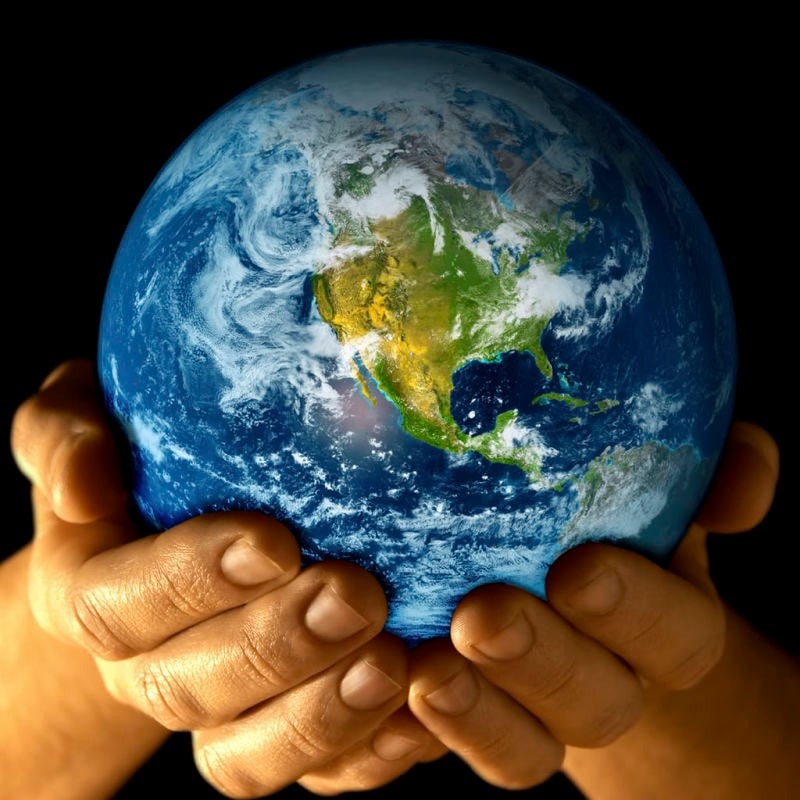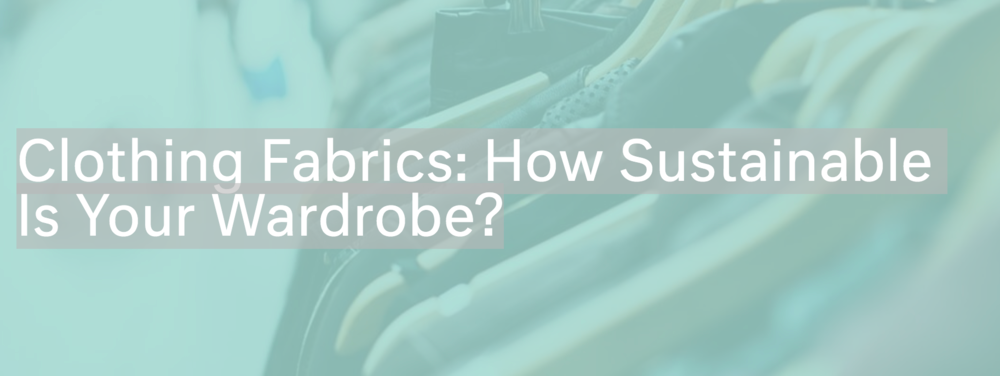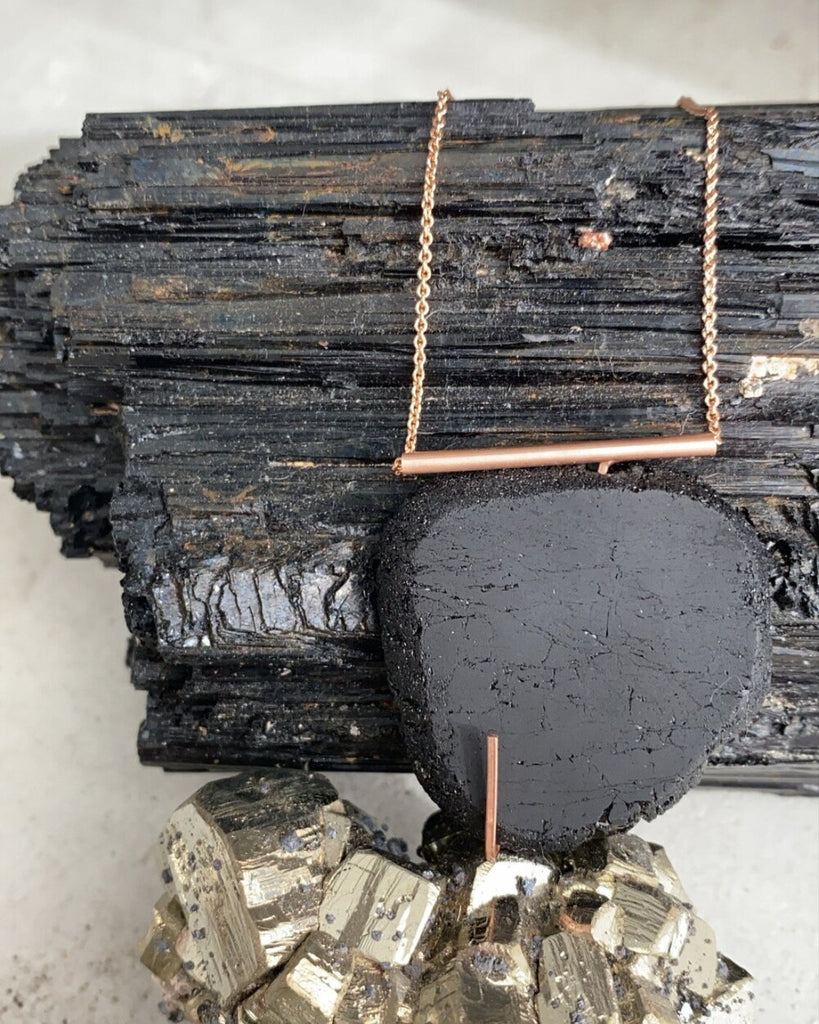How Fast Fashion Is Slowly Killing The Environment

The fashion industry has come a long way since we first started making clothes from sheep’s wool. In our modern day and age, we rely on mass produced and affordable clothing to keep us warm in the winter and to clothe our loved ones. Whether it’s buying a new top for ourselves or gifting someone a cool t-shirt for their birthday, there are consequences to our actions. The fashion industry has been trying to keep their practices a secret in the name of profits, but here at Enji we believe you deserve to know the truth.

(Modern day fashion)
The fast fashion industry was not what we see today. It was very common in the 1800’s to spin wool from sheep to create yarn and then create our cloths. However, all that changed when the sewing machine was invented in 1846. From then it was easier to make clothing and many community stores outsourced to independent women to help make their cloths for lower wages. The industry changed again the age of World War II, this lead to the mass production of cloths in one style with different sizes for lower prices.

(Women working to manufacture clothing in the 1900)
It wasn’t until 1960 that the fashion industry really picked up. During this time, it was considered almost “cool” to buy cheap, younger generations embraced the new cheaper fashion and rejected the traditional clothing industry. Stores scrambled to keep up with demand and over time this translated to the fast fashion industry we know today. But what consequences came from this turn of events?

Well for beginners many of the companies that sell clothes have moved their manufacturing overseas to find cheaper labor and materials. This means that there has been a rise in unfair wages, sweatshops, child labor and safety violations all in the name of fashion. An example of how hazardous these conditions can be, is the fire of 2012 in Bangladesh that killed at least 117 at the Tazreen Fashion Factory. These consequences are just one end of the fashion spectrum but the full responsibility does not lie fully with the manufacturer or store but also with the consumer.

(Bangladesh Fire of 2012)
As consumers, we are also responsible for how we buy and dispose of our garments. Not only are consumers now buying in an incredibly high rate but disposable of clothing is showing up more often in the trash rather than second hand stores. According to NPR “The top fast fashion retailers grew 9.7 percent per year over the last five years, topping the 6.8 percent of growth of traditional apparel companies, according to financial holding company CIT”. This caused more garments to be bought, the more garments bought, the bigger the waste. It is being estimated by the Environmental Protection Agency that 15.1 tons of textile was made for the year of 2013, with 12.8 million tons discarded in the trash. To put this in perspective an average car is about 2 tons, or 4000 pounds.

(An artist displaying how much cloths we throw away every 10 minutes)
But we’re not here to scold you for throwing away that old t-shirt from your freshman year in college, we just want to raise awareness of this issue. We understand[1] that although we are not in the industry of making clothes we can still part of the solution. The more people talk about it, the more likely companies are to listen to our concerns and change the industry. It might be hard to commit to changing the industry especially when cheaper prices are so tempting but we want to challenge you to slowly change your habits. Leave us a comment on how you plan to change one habit to help the fashion acknowledge your voice. We would love to hear about your commitment.
Sources:
http://www.npr.org/2016/04/08/473513620/what-happens-when-fashion-becomes-fast-disposable-and-cheap
http://www.newsweek.com/2016/09/09/old-clothes-fashion-waste-crisis-494824.html





